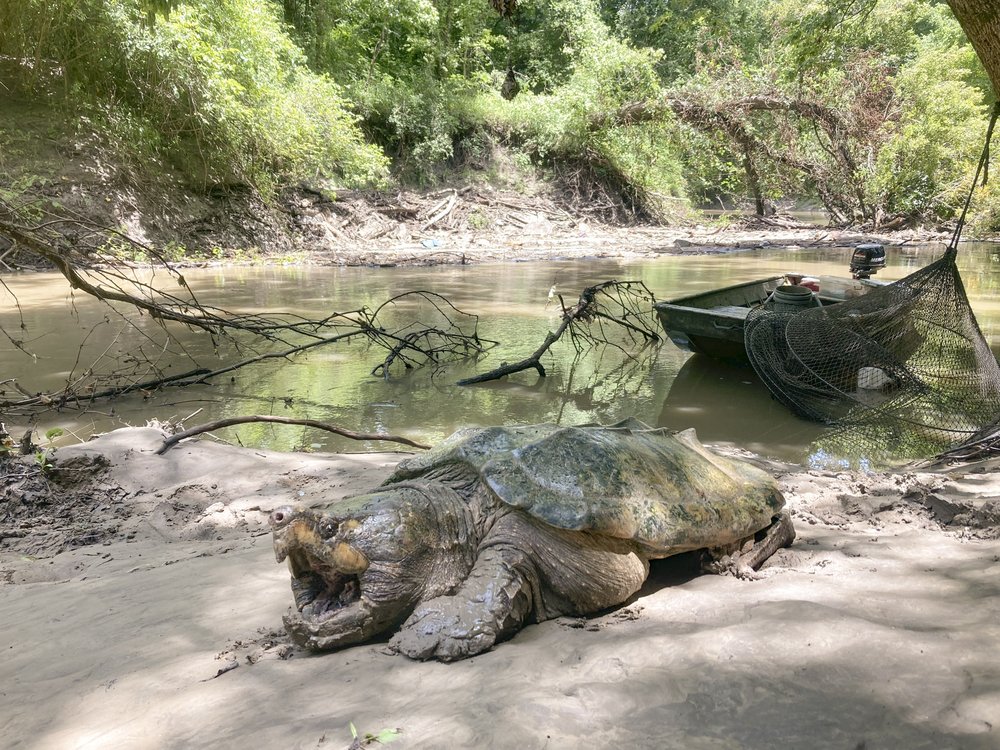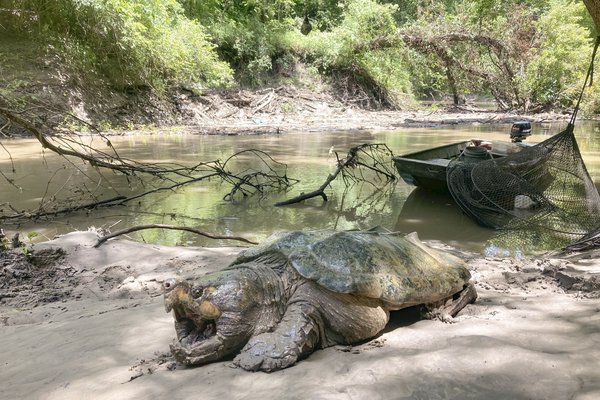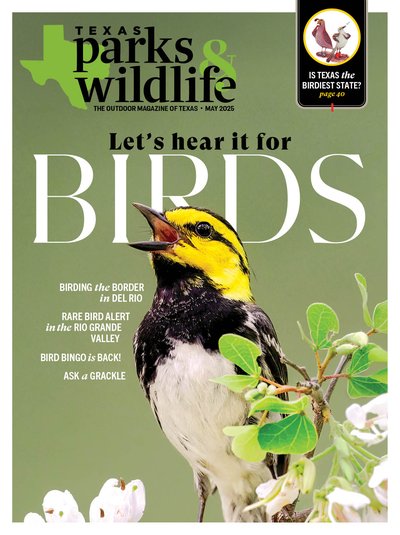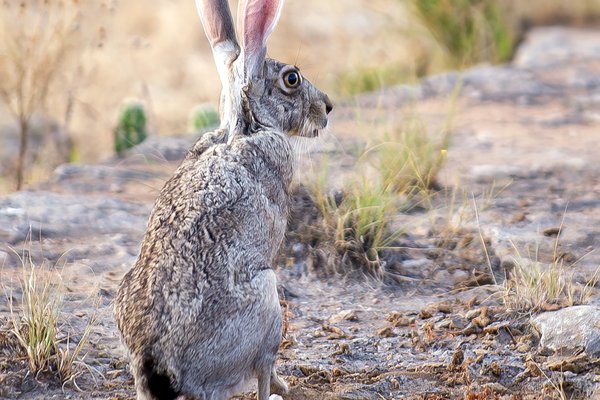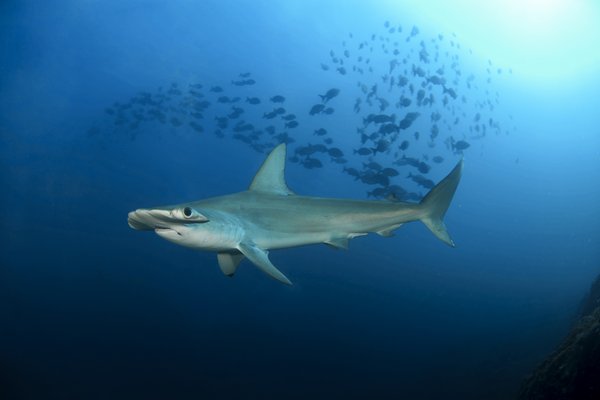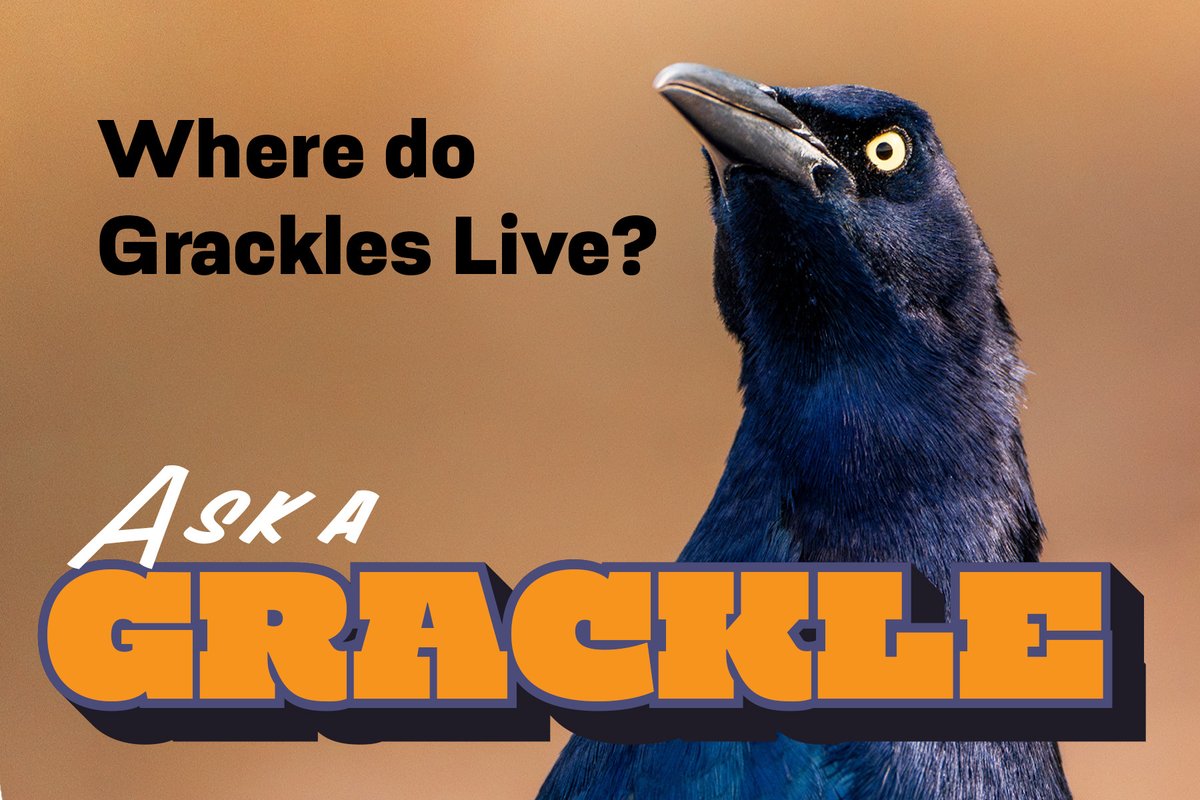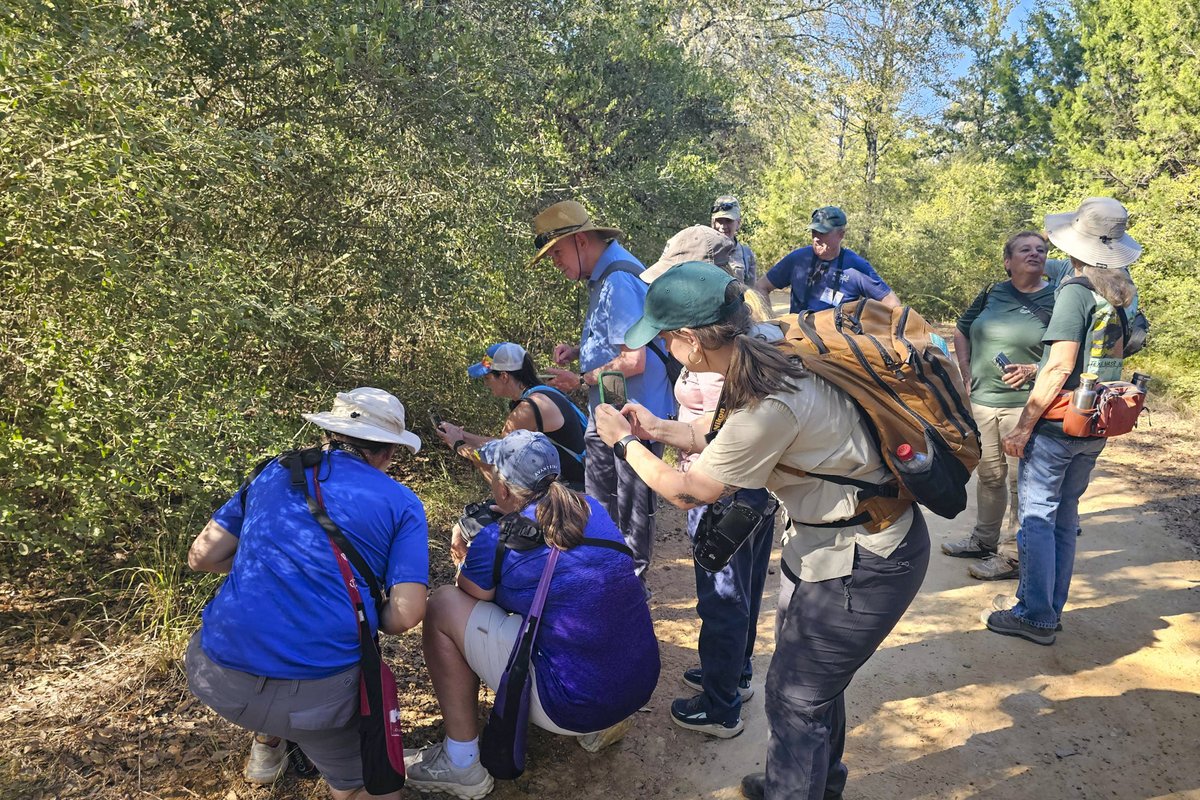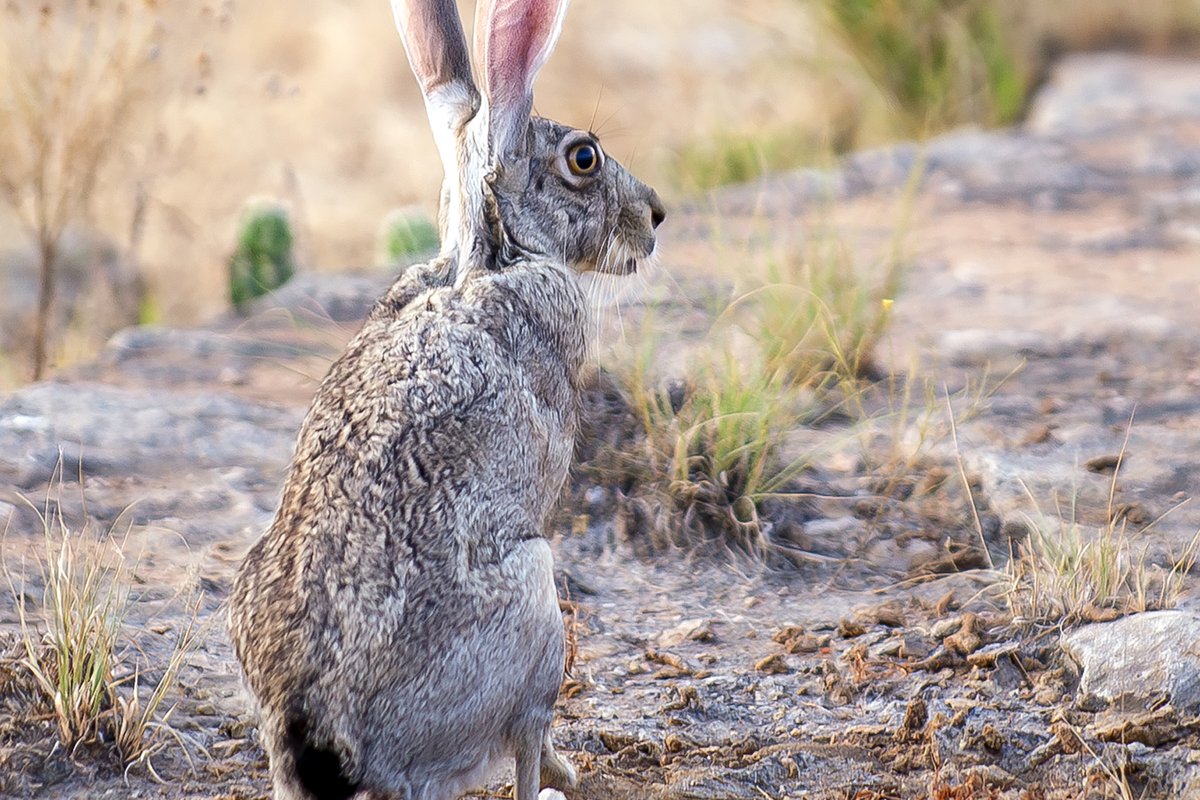In the murky swamps and sloughs across Texas lurks a huge, prehistoric-looking reptile: the alligator snapping turtle, Macroclemys temminckii. There are plenty of fun facts to rattle off about these wrinkly water-dwellers. They're the largest freshwater turtles in Texas; they can live up to 100 years; when they're young, they use a pink, worm-like appendage on their tongue like a lure to catch fish. As scientists at the Texas Parks and Wildlife Department have studied these charismatic turtles over the years, they've realized something else about them: they're also quite intelligent.
“So often we think of these animals as relatively mindless, like they're not capable of responding,” says Paul Crump, a herpetologist in TPWD's Nongame and Rare Species Program. “But this is nonsense. The more information we get, the more we come to the realization that these animals are much smarter and much more capable of learning and reacting to the outside world than a lot of people give them credit for.”
Studying Snapping Turtles
Crump has been working on alligator snapping turtle conservation and research projects since he started at TPWD in 2018. In his day-to-day work, Crump oversees projects involving the 67 reptiles and amphibians that are species of greatest conservation need in Texas. When the first nongame species regulations came into play in the late 1970s, Texas identified the creatures most at risk from human activities. “Snapping turtles were identified early on as being one of those species that, culturally, people have always liked to eat,” says Crump.
Across the southeastern U.S., the animals have long been prized for making turtle soup. But because alligator snapping turtles live for a long time and reproduce infrequently, they're particularly susceptible to overharvesting. “The science essentially showed that if the take of the removal of adults from a population gets too much, the population will begin to crash,” says Crump.
That became apparent in the early 2000s, when turtle populations were thrown into crisis, driven by demand from markets overseas. “It wasn't just people in East Texas killing the turtles [for food] — it was external markets driving this. The turtles were being collected and taken to different parts of the United States and shipped overseas. Texas was exporting hundreds of thousands of turtles to China during that time. It was a huge international trade issue. So I think Texas did a really great thing by shutting down the personal and commercial use of the species and just leaving them be.”
In 2018, when the species was up for federal listing, Crump and his colleagues decided to repeat a population study from the 1990s to get updated information. “Among the amazing and surprising things about that work was that we actually recaught three turtles — the same individuals that were caught in the late '90s — which is unbelievable to me,” Crump says.
The overall findings of the study showed that the turtles were thriving — not only were they found in the same locations as they were 20 years ago, but there were actually more of them. “To me, that's a real testament to the fact that our regulations are working to some degree,” Crump says. “You can argue all day long about the stats and the design and all that kind of stuff, but we caught more turtles in more places than we did before. So that's a really good thing.”
Snappers Are Smart
While the population numbers were encouraging in themselves, a new effort funded by TPWD and conducted by researchers at Stephen F. Austin State University and the U.S. Forest Service had even more good news. In a recent study, the researchers picked three sites and aimed to put radio tags on 10 turtles at each site. The tags allowed them to test something that they'd not been able to before — when a previously caught turtle is in the area, what is the likelihood of trapping it again?
As it turns out, the likelihood of recapturing a turtle appears to be much lower than the probability of the initial capture. The researchers found they were much more likely to capture a new turtle than one they'd caught before, even when there were plenty of tagged turtles nearby.
“What this research basically shows is that there is bias in our methods against recapturing turtles,” Crump says. “We've probably underestimated how many turtles there are, because we keep catching new turtles. We do get recaptures, but we get fewer recaptures than we should based on how many animals there really are.” Crump finds this interesting on two fronts. For one thing, it's an amazing sign about alligator snapping turtle populations — there are likely to be many more than we previously thought. And for another, it means the turtles are learning from their experiences and retaining that knowledge for months or even years.
“I'm fascinated by the trap avoidance behavior,” says Crump. “If you think about it, it's the equivalent of us not going and grabbing a chocolate bar because something weird happened to us last time we went in there to grab a chocolate bar. The turtles smell the food coming out of that trap, but they avoid going in there because of what happened before. I find that really interesting.”
Turtle Protections
TPWD biologists and partners don't just study the turtles — they also work to protect them from poaching and other threats. “We'd heard poachers were coming into Texas from Louisiana [where turtle fishing is legal] to take turtles because they were perceived to be easier to collect in Texas,” says Crump.
The TPWD team took a couple of different actions to combat this. “We partnered with the local river authorities to put up signs basically saying, ‘Hey, collecting this turtle is illegal. Let us know if you see any turtles, or if you see anybody poaching.’”
They also worked with Texas' Operation Game Thief program, which offers rewards to people who report poachers (as long as the report leads to a conviction). Crump and his team used money from their program to double the reward for reporting poaching of an alligator snapping turtle. So far, they've received one report that has led to a poaching conviction.
The turtles can fall victim to passive fishing equipment like trot lines and limb lines. “We've tried to do more conservation work, like cleaning up the [places they live],” Crump says. “I'd love to set up a program where we can work with members of the fishing community to clean these rivers up a little bit to make them safer places for all wildlife.”
To Crump, having a healthy population of alligator snapping turtles in our rivers is a badge of honor for all Texans. “I think there's something really symbolically cool about having this gigantic old turtle still in our waterways,” Crump says. “These things are so old. They've been around for way longer than humans have been around. It's like a testament to how high quality our rivers and streams are that we support these turtles.
